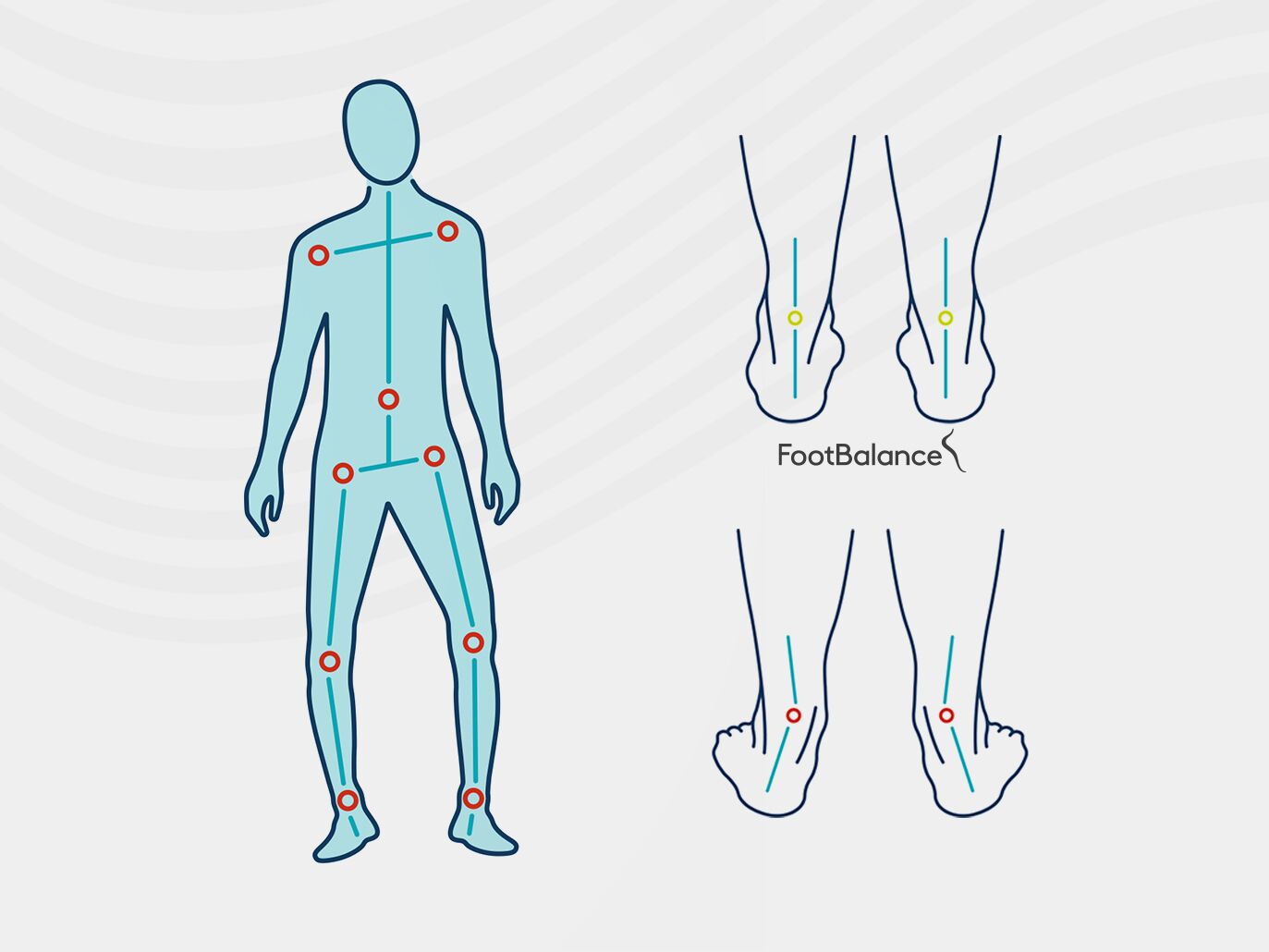Many individuals experience a common foot condition known as overpronation, where the feet excessively roll inward while walking or running. This condition can have a significant impact on our daily lives, affecting our posture, balance, and overall comfort. In this blog post, we will explore how overpronation influences our everyday activities and discuss the importance of addressing this issue for optimal foot health.
Posture and Alignment: Overpronation can disrupt our body’s natural alignment, leading to postural issues. As the feet roll inward excessively, it causes a chain reaction, affecting the alignment of the ankles, knees, hips, and even the spine. This misalignment can result in poor posture, back pain, and discomfort throughout the body. By addressing overpronation, we can restore proper alignment and promote a healthier posture.
Foot and Leg Fatigue: Individuals with overpronation often experience increased foot and leg fatigue. The inward rolling motion places additional strain on the muscles, tendons, and ligaments of the feet and lower legs. This added stress can lead to tired, achy feet and legs, making it challenging to engage in activities that require prolonged standing or walking. Proper support and corrective measures can alleviate this fatigue and enhance overall comfort.
Foot Pain and Discomfort: Overpronation can contribute to various foot conditions and discomfort. The excessive rolling motion can lead to issues such as plantar fasciitis, arch pain, shin splints, and bunions. These conditions can cause significant pain, limit mobility, and hinder daily activities. Managing overpronation through appropriate footwear, orthotic inserts, and exercises can alleviate these foot problems and enhance overall foot comfort.
Balance and Stability: Overpronation affects our balance and stability. The inward rolling motion can throw off our center of gravity, making us more prone to trips, falls, and ankle sprains. This instability can affect our confidence and limit our ability to participate in physical activities. Implementing measures to correct overpronation, such as using supportive footwear and orthotics, can improve balance and enhance overall stability.
Exercise and Sports Performance: For individuals who enjoy exercising or participating in sports, overpronation can have a significant impact on performance. The inefficient foot mechanics associated with overpronation can reduce energy transfer, decrease propulsion, and increase the risk of injuries. By addressing overpronation through appropriate footwear and orthotic support, athletes can optimize their performance, reduce the risk of injuries, and enhance their overall athletic abilities.
Overpronation is a common foot condition that can significantly impact our daily lives. From posture and alignment to foot pain and discomfort, the effects of overpronation are far-reaching. It is crucial to address this issue through proper footwear, orthotic support, and exercises targeting foot and ankle stability. By taking proactive measures, we can alleviate the negative consequences of overpronation, improve our comfort and mobility, and enhance our overall quality of life.
